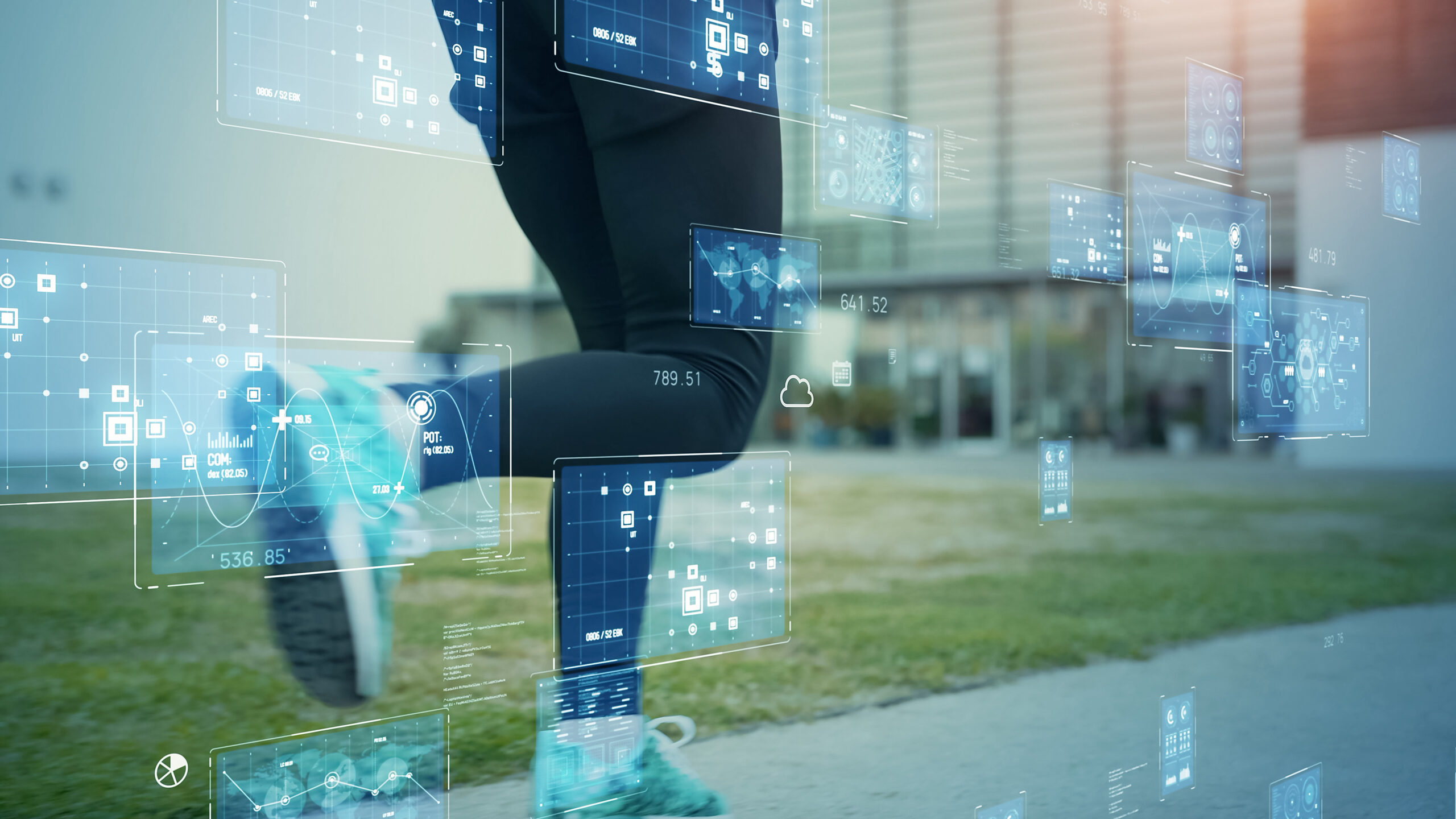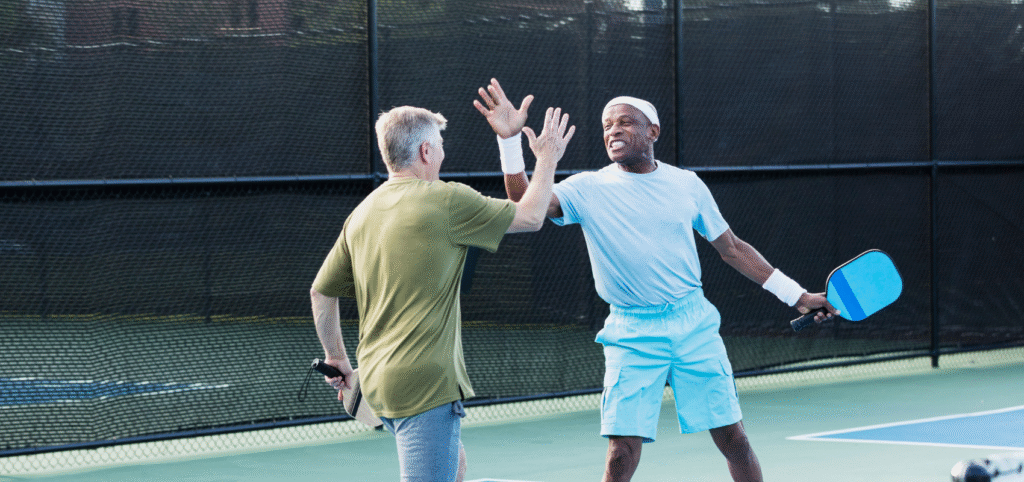Now that the 2024 Paris Olympics have come to a close, I’ve been reflecting on the incredible performances we were privileged to witness. Over 10,500 of the best athletes in the world from 184 nations competed in 329 medal events over 16 days. As I have experienced with previous Games, I left feeling inspired by the Olympians who have sacrificed so much to live out their dreams on the biggest stage, many coming from nations where war and conflict rage. These athletes gave everything they had, resulting in 31 world records falling, numerous photo finishes, hundreds of personal bests and countless amazing performances.
The importance of recovery
Olympic athletes train for years to qualify and compete at the Games. Performing at this caliber requires these individuals to find their critical balance of training and recovery. This can vary depending on the sport demands, competitive environments and athlete experiences. Younger athletes may not see the need for recovery due to their ability to bounce back so easily, whereas experienced athletes often wish they’d focused more on recovery early in their career before reaching an age where it is absolutely critical.
Modalities
Recovery choices and treatments vary from athlete to athlete, generally centering on science-based plans. (Though they sometimes even include touches of superstition, or fads that change each Games cycle.) During the Paris Games, athletes participated in extensive physical recovery efforts following competition, including customized nutrition, hydration, sleep hygiene, soft tissue treatments and other modalities.
Many Olympians work closely with a sports dietician to ensure they meet the caloric, nutritional and hydration needs their sport demands while allowing for proper fueling and tissue recovery. Soft tissue techniques vary from compression socks and pneumatic compression to numerous massage techniques, stretching, cryotherapy, contrast and saunas. However, most athletes will implement several of these techniques to recover rather than relying on a single modality. Some of these techniques are backed by strong empirical evidence. Others, little to none.
Challenges and obstacles to recovery
Another consideration is that many Olympians don’t have the resources for particularly expensive recovery equipment, and because they are traveling the world to compete, their equipment is further limited to that which is portable or can be easily found on the road.
One of the challenges in the elite sporting world is helping athletes navigate the “shiny objects” and “experts/gurus” who sell their products as the secret for optimal recovery and instead replace these less-than-reliable options with education and evidence-based practices. This can be particularly difficult when it comes to modalities for which we have limited and/or conflicting data — and even less data collected from the elite athlete population.
Recovery isn’t just physical
Emotional and psychological recovery were also critical: The atmosphere of the Paris Games was electrifying. The city was full of friends, family, VIPs and fans all coming to show support and watch the performances of these athletes. This energy, while exciting, can also be draining. So how did these athletes recover emotionally from such an event and prepare for what comes next? The MindZone quiet space in the Olympic Village and mindfulness sessions were popular options. Additionally, athletes took full advantage of the presence of dually licensed psychological services providers trained in both clinical mental health care and sport psychology. These practitioners work closely with the athletes year-round, affording them with customized support and skills to help navigate the environment, optimize their sleep and be prepared for the challenges posed each day.
Wrapping it up
Whether utilizing cold tubs, sleep programming, massage, mindfulness sessions or other modalities, those who recovered well had a competitive advantage in Paris. The Olympic athletes of Paris 2024 are now transitioning home, and physical and psychological recovery will continue to be critically important for them. We can all take a lesson from our Olympians by recovering properly and fully from our most challenging competitions and feats, in order to be ideally prepared for future endeavors.

Amber Donaldson, DPT, FACSM, serves as the vice president of sports medicine for the United States Olympic & Paralympic Committee, where she has been for nearly 14 years. In her role, she provides clinical care to elite Olympic and Paralympic athletes. She has served as the medical director for several Olympic and Paralympic Games, including the most recent Paris Games. Amber received her bachelor’s degree in sports medicine from Pepperdine University, her Doctor of Physical Therapy from Slippery Rock University of Pennsylvania and her master’s in manipulative physiotherapy from the University of Melbourne in Australia. She is a fellow of the American College of Sports Medicine®.




